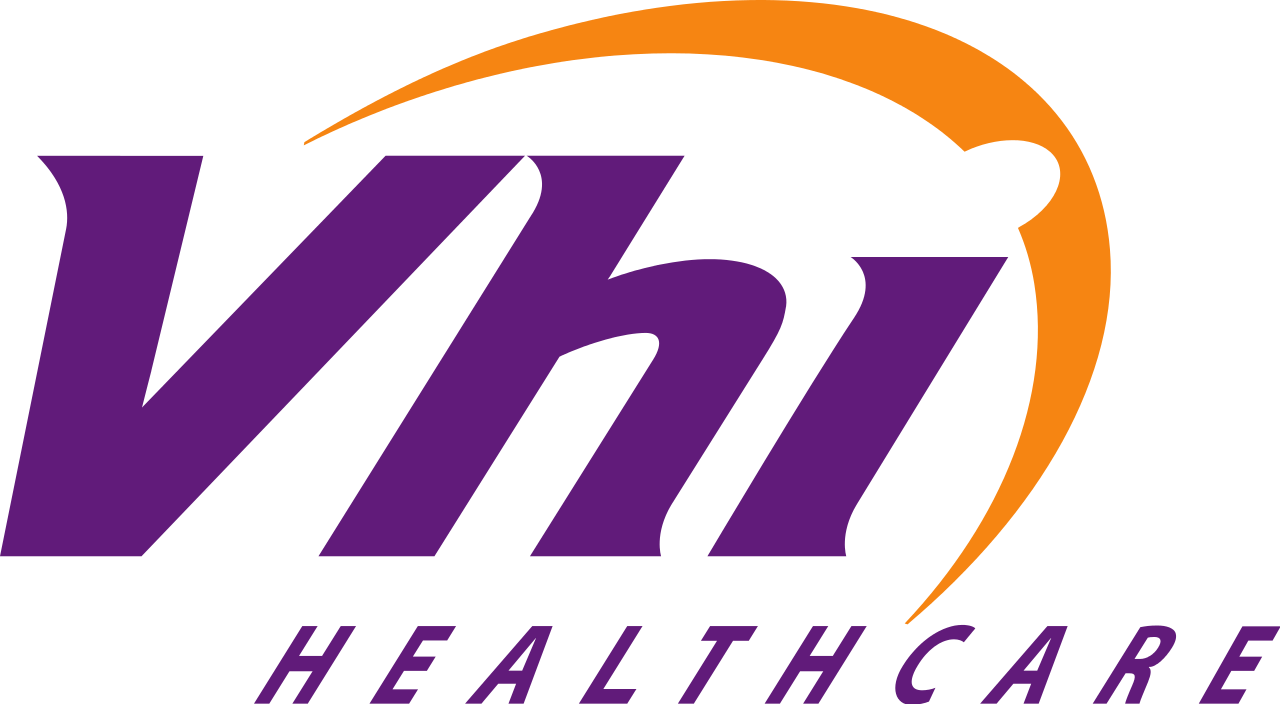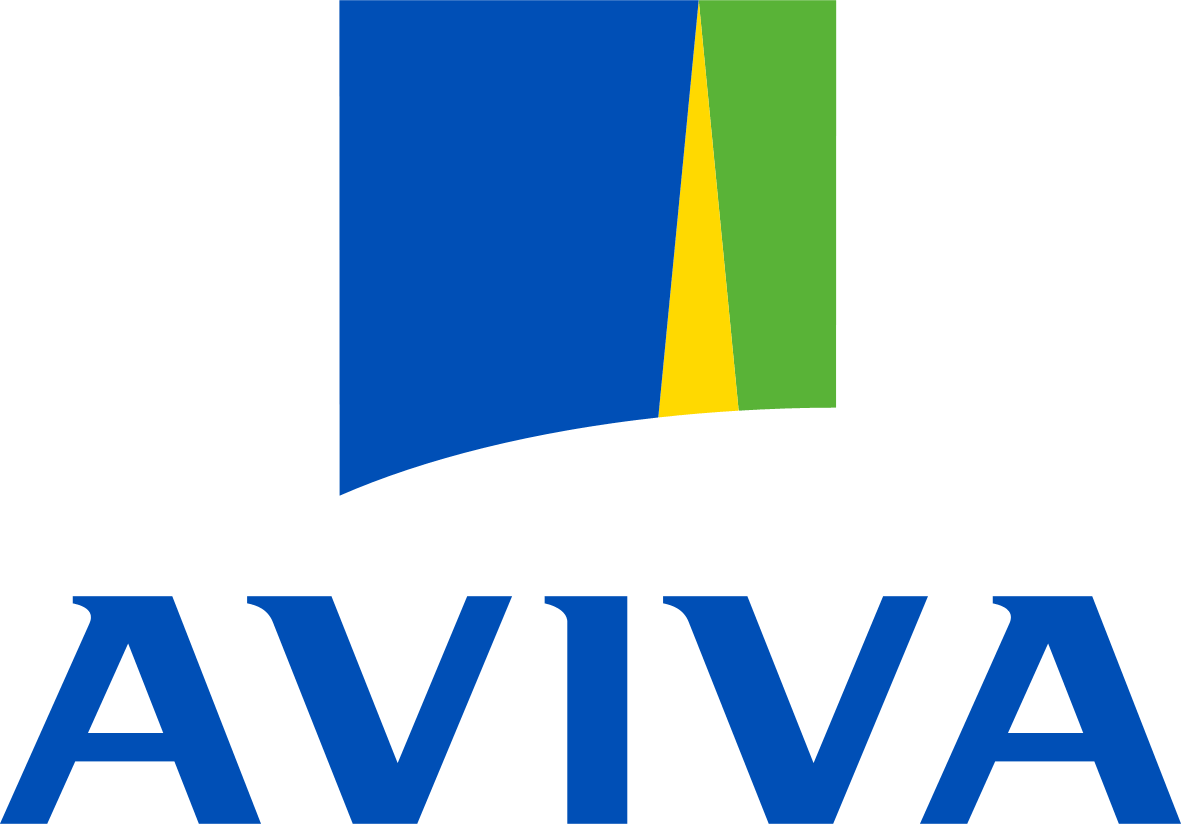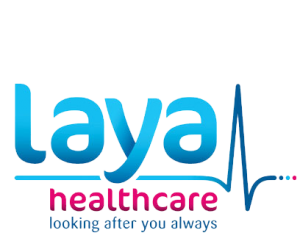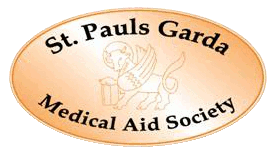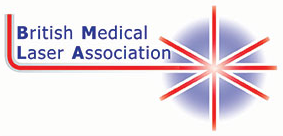Skin Surgery
We carry out many dermatological surgical procdeures (under local anaesthetic) to treat all skin, scalp and nail problems.
Lesions treated include:
- Removal of skin cancers, See our skin cancer section.
- Removal of cysts, moles and turmours from the skin and scalp.
- Removal of ingrown toenails.
- Removal of warts and verrucae.
- Removal of lumps an bumps on the skin.
 Download this information as a PDF
Download this information as a PDF
CRYOSURGERY PRIMARY CARE
Cryosurgery has a number of unique advantages that make it ideally suitable as a surgical modality in primary care.
- Suitable for a wide range of indications in primary care.
- Short treatment times.
- Little or no scarring.
- Low set up and running costs.
- Techniques are relatively easy to learn.
- Low incidence of side effects.
- Low risk of cross infection.
- Immunstimulation (cryoimmunization)
- Equipment highly portable.
 Download this information as a PDF
Download this information as a PDF
Radiosurgery is a method of using radio waves to cut or coagulate tissue that has made the scalpel blade redundant. All cutting, dissecting, shaving and coagulation can now be done by using the Ellman Surgitron Radiolase, which is a 4-megahertz, 50-watt radiosurgery unit (see photo). This is essentially a transformer which changes the main voltage from a plug in the wall to a high voltage and high frequency (4MHz). This high frequency current is then further modified by filtering and can produce one of three wave forms (a) cut, (b) cut plus coagulation and (c) haemostasis. The unit has a ground plate or antenna, which needs to be placed close to the operative field but unlike diathermy it does not have to be in contact with the patient’s skin. A second outgoing lead goes to a hand piece, on to which various types of electrodes can be attached. The straight wire electrode (“vari-tip”) is used for cutting; round loop attachments are using for shaving and a ballpoint attachment is used for coagulation. There is also a nail matrixectomy electrode, which can be used for treating in-grown toenails.
 Download this information as a PDF
Download this information as a PDF
- Don’t stand for long periods
- Whenever possible, sit or lie down with your leg elevated
- Take exercise regularly
- If unable to walk, exercise your calf muscles by bending your ankle up and down for five minutes every hour while your leg is elevated
- Don’t wear garters or stockings which have tight elasticised tops
- If overweight, lose some pounds
- Don’t smoke
- When your ulcer is healed, wear medical compression stockings which have been recommended by your doctor
- Put these stockings on before getting out of bed in the morning and only take them off last thing at night when you are getting into bed
- Do no rub anything onto the skin on your legs or ulcers unless it has been recommended by your doctor
- Emulsifying ointment or Paraffin gel rubbed downwards is a safe moisturiser and can be used as a soap substitute
- Eat a healthy balanced diet with plenty of lean red meat, oily fish, green leafy vegetables, and fresh fruit.
- Take 1 gram of Vitamin C per day eg: “Rubex Vit. C”
- Take one capsule of “7 Seas extra strength Cod Liver Oil one‐a‐day”.
 Download this information as a PDF
Download this information as a PDF
Wounds on the face are usually left open. Other wounds may be covered with a light dressing or band-aid for the first few days. Provided the wound is dry, it can then be left open after a few days, which makes it easier to inspect.
When the local anaesthetic wears off you may feel pain. If troublesome please take the maximum dose of paracetamol or ibuprofen for your age. For severe pain paracetamol and ibuprofen can be taken at the same time.
 Download this information as a PDF
Download this information as a PDF
1.
Liquid Nitrogen Cryosurgery is an extremely effective treatment that uses very low temperatures (-196° centigrade) to destroy unwanted tissues like verrucae, warts, sun damaged skin and certain types of skin cancers.


